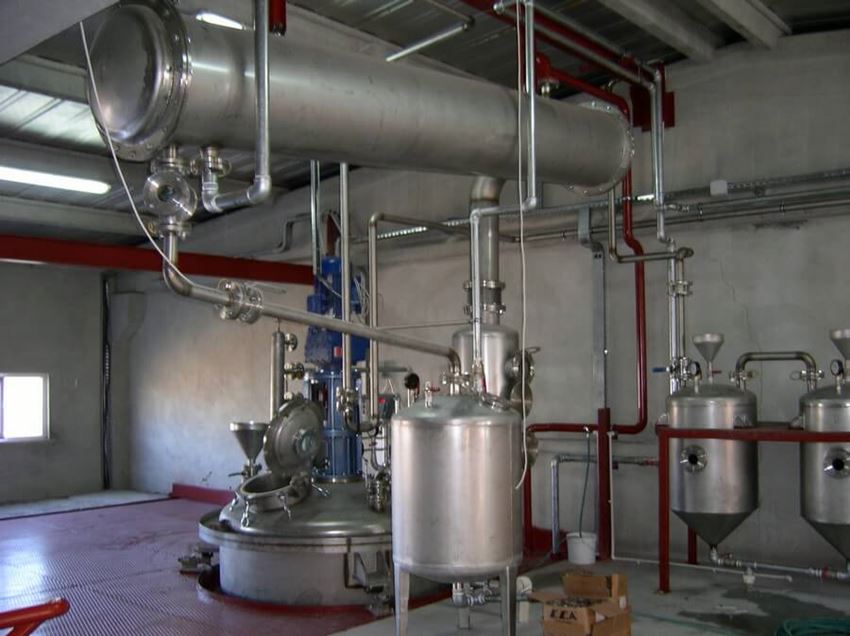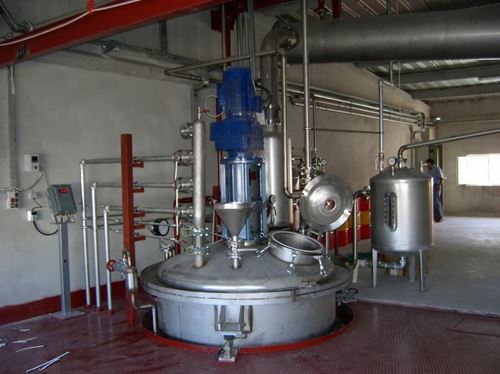Polyester Resin Plants
Polyester Resins |
|
The word polyester is a compound word that consists of "POLY" which means "very" and "ESTER", which is a chemical term that expresses an organic salt. We can describe.
The first practical application example of unsaturated polyester resins is in World War II. However, reinforcement with glass fiber was discovered as a very strong and light material in 1950. Today, unsaturated polyester resins have superior properties compared to their original form.
Both in Turkey and also the most widely used in the world FRP production of unsaturated polyester resins (which represent about 75% of the resin used roughly.) Is located in the thermosetting resin in the group reinforced plastics. It addresses all types of molding techniques, from simple molding techniques such as hand lay-up to the most sophisticated machined molding techniques. Polyester resins cover a very large chemical family and are generally obtained by condensation reaction of dibasic acids and polyhydric alcohols.
Dibasic Acid + Polyhydric Alcohol Polyester Resin + H2O
Depending on the type of dibasic acid used, unsaturated polyester resins are called "orthophthalic" or "isophthalic" to ensure that the composite is of general purpose or chemical resistance. |
 English
English
